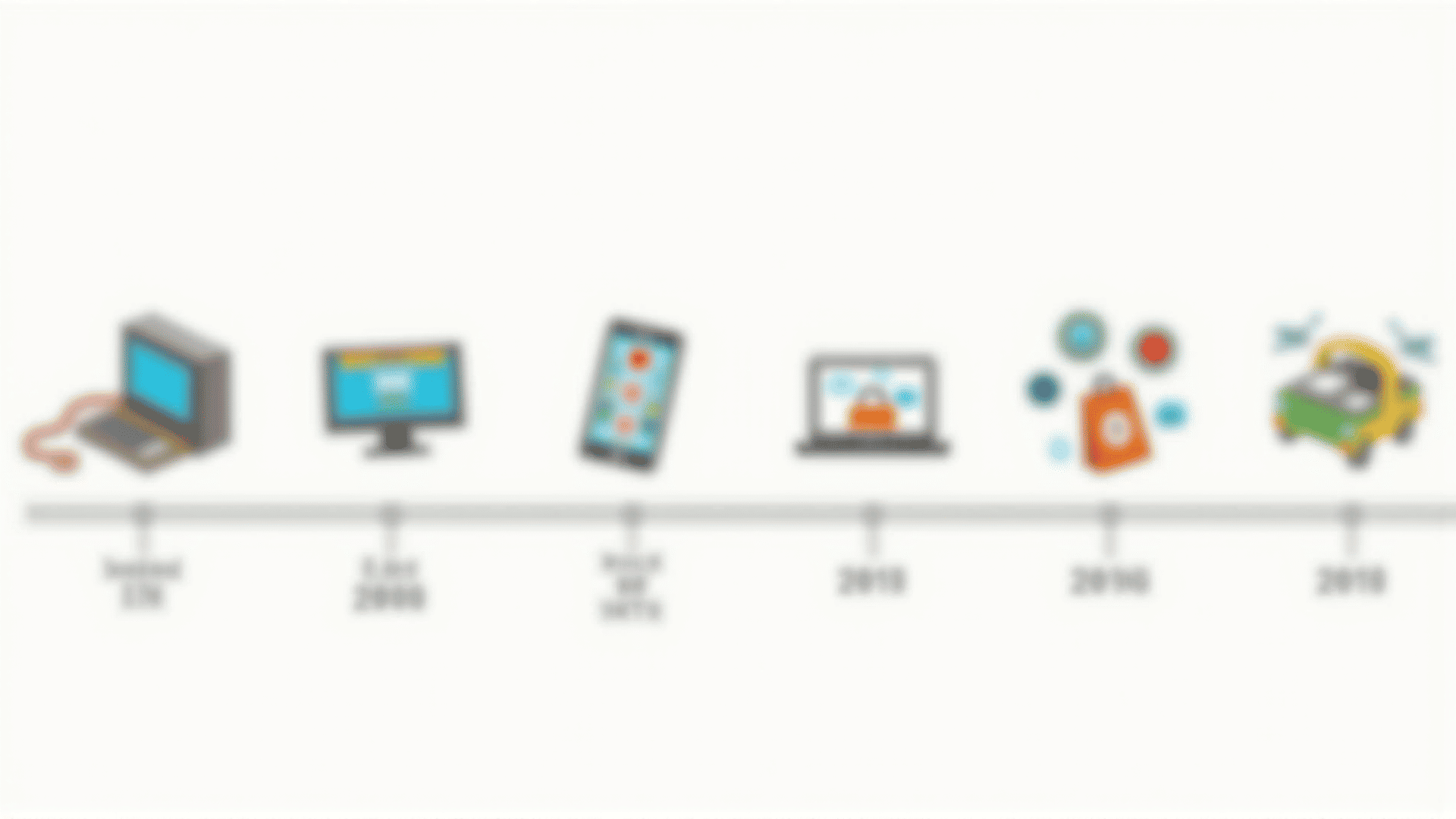The concept of acquiring goods without physically visiting a store was once unimaginable for many. Yet, the landscape of retail has undergone a radical transformation, particularly in the United States, due to the evolution of online shopping.
The journey began in the late 20th century, as the internet started to weave its way into the daily lives of consumers. In 1979, Michael Aldrich introduced a pioneering system that allowed for connecting a modified television to a real-time transaction processing computer via a telephone line. This laid the groundwork for what would later blossom into e-commerce.
The 1990s were significant for online platforms as they were birthed and gained momentum. One notable milestone was the establishment of Netscape in 1994, which introduced secure transactions, providing the necessary environment for consumers to feel safer sharing their sensitive data online. Soon, online destinations such as Amazon and eBay emerged, forever altering how consumers accessed products.
Into the 2000s, the sector grew rapidly with enhancements in technology. Broadband internet became the norm, allowing websites to be more dynamic and user-friendly. Furthermore, innovations like online banking and digital wallets enabled consumers to manage and facilitate their purchases with ease.
The 2010s saw an unbelievable surge in mobile technology, bringing with it the rise of m-commerce, or commerce conducted via mobile devices. Smartphones became ubiquitous, and with this, apps were developed that allowed consumers to explore a multitude of a retailer’s offerings right from their handheld devices. This era also saw the rise of social media platforms, allowing brands to connect directly with consumers, driving the interest and engagement.
The last decade brought about a new wave of technology-driven experiences, making shopping a virtual and augmented experience. Brands experimented with AI and virtual reality to enhance user experience, offer 3D previews of products, or provide tailored experiences to individual needs and preferences.
Amidst the backdrop of a global pandemic, the reliance on online shopping platforms surged, emphasizing the sector's vast potential and necessity. As physical stores were forced to close, consumers turned to their screens to satisfy their needs, propelling some businesses to record heights.
In concluding this historical journey, it's evident that online shopping has become an integral part of our lives. It offers convenience, variety, and an efficient means of obtaining necessities and luxuries alike. As technology advances further, we can only anticipate more innovative trends and enhancements in this ever-evolving digital marketplace.
